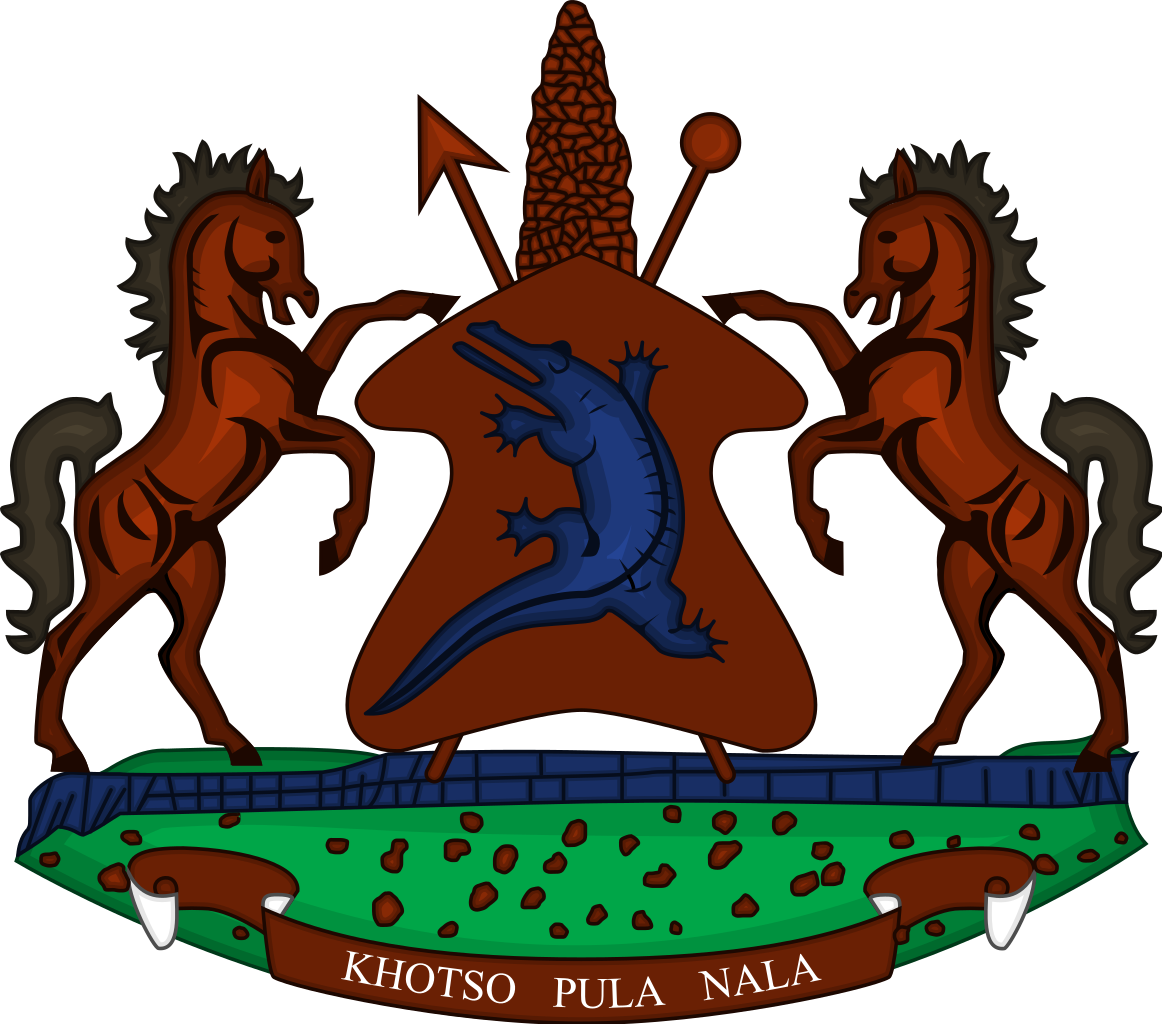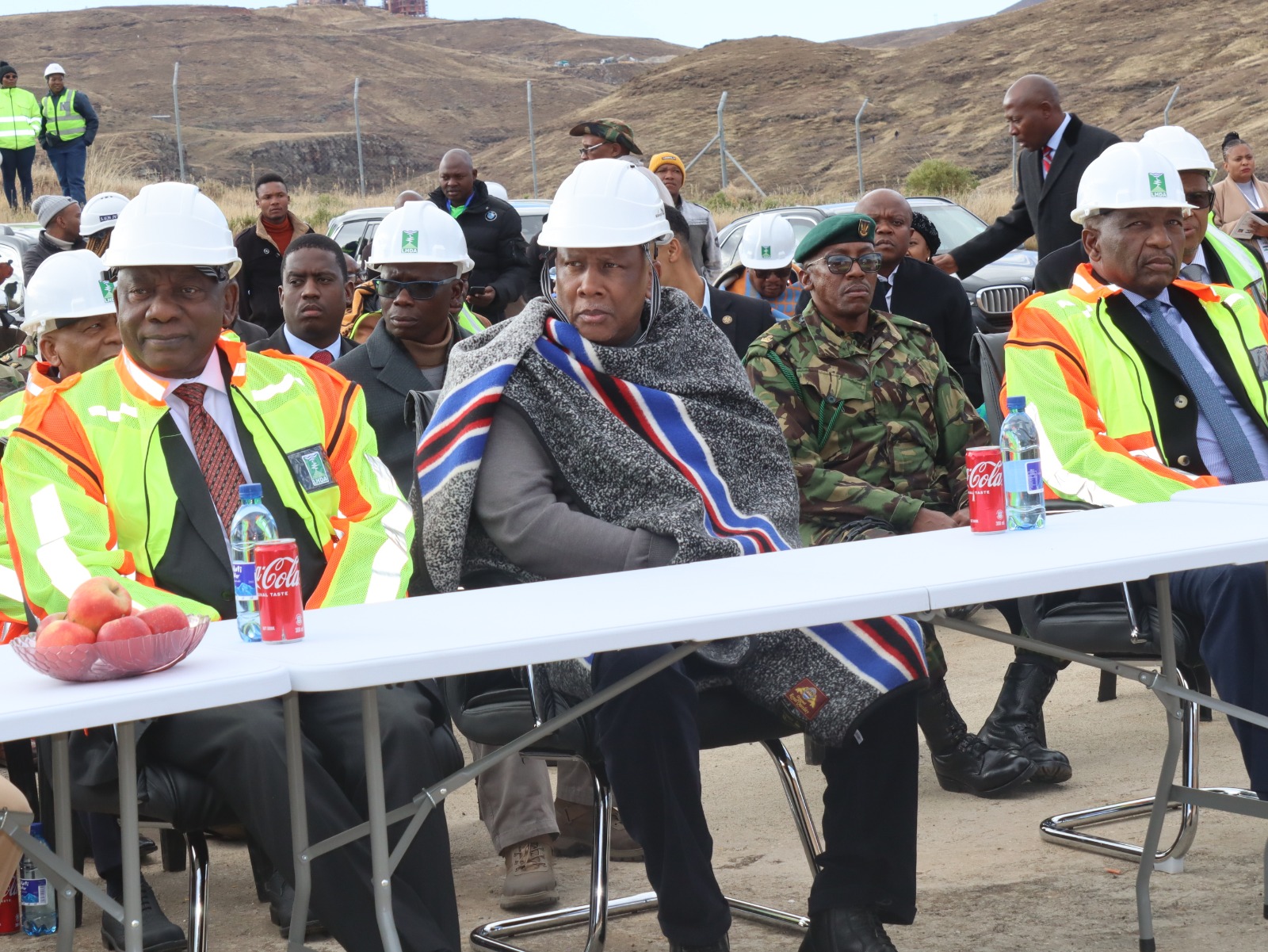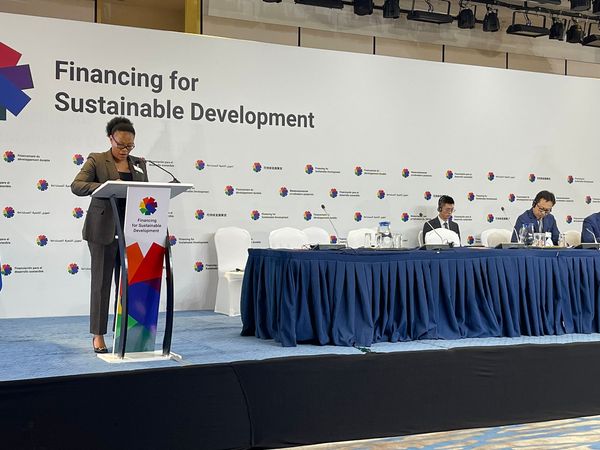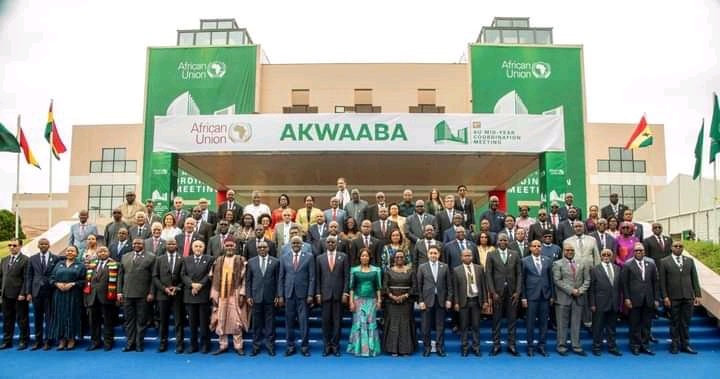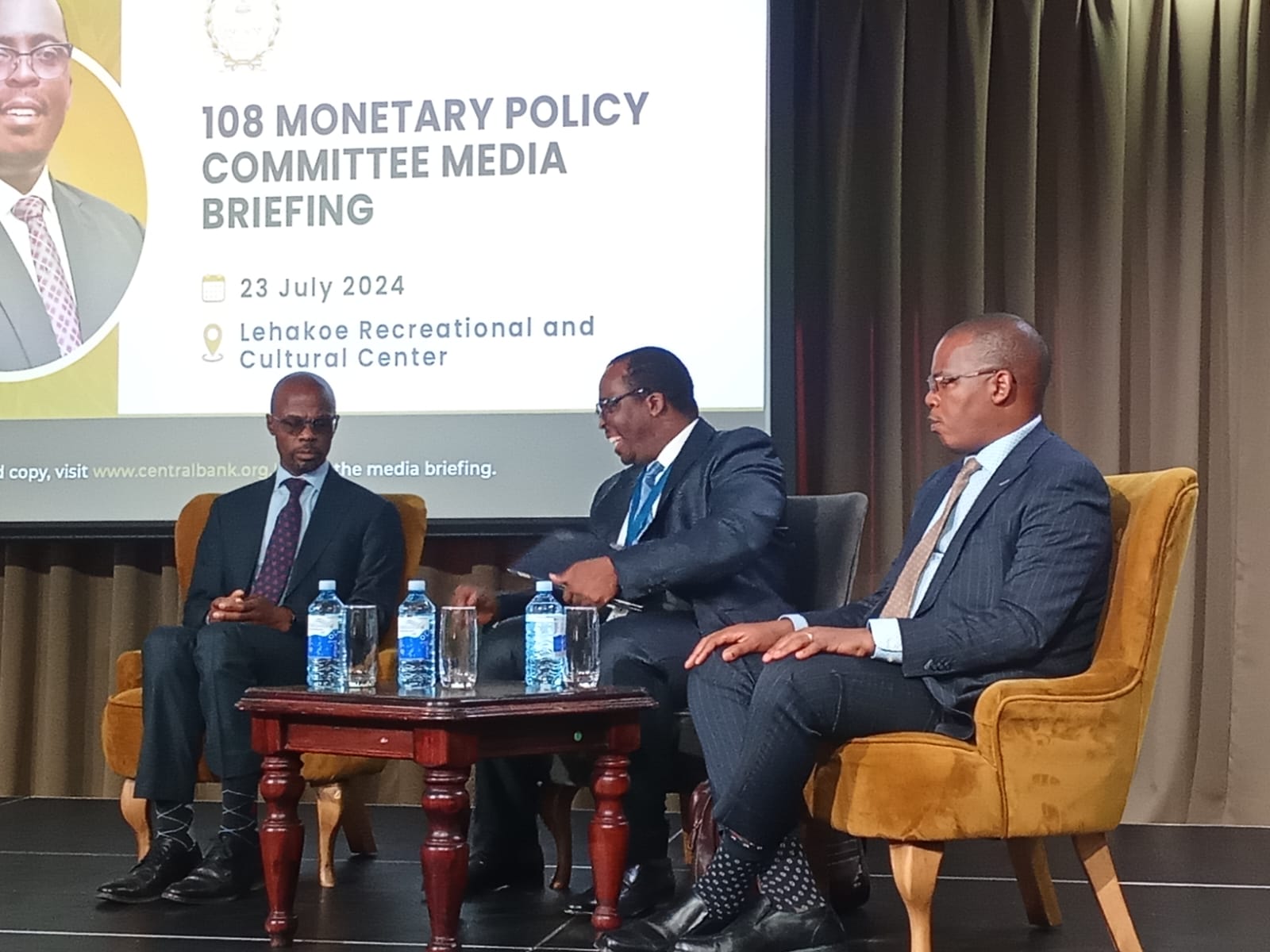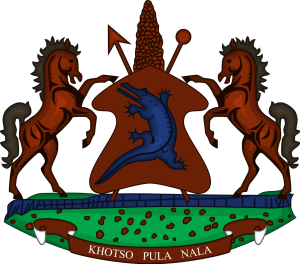It is the responsibility of the leadership from Lesotho and South Africa to continue working hard and ensure that the benefits that accrue from the implementation of the Lesotho Highlands Water Project (LHWP) Phase II are fully and equitably realised.
His Majesty King Letsie III said this in his remarks delivered at the sod-turning ceremony that marked the start of the major works of Phase II at Malingoaneng in Mokhotlong on Tuesday.
The major work entails the construction of the Polihali Dam, transfer tunnel and Senqu bridge.
His Majesty said through hard work, collaboration and cooperation, South Africa can secure a constant supply of clean water for decades to come while Lesotho can look forward to more construction of world class infrastructure, increased generation of renewable energy and continuous flow of water.
He said today’s events marked an important step both countries are taking in the implementation of the LHWP Treaty which was signed on October 24 in 1986.
He said the project which has been running for over 30 years now has created a partnership of importance to the two countries through which Lesotho is able to generate electricity for its citizens while South Africa is enjoying a reliable supply of clean water for households and industries.
His Majesty said it is encouraging that the project has already achieved the milestones that were agreed upon for the development of both countries.
He, therefore, appealed to Basotho to support the project and continue to attend meetings organised by the Lesotho Highlands Development Authority (LHDA) to discuss issues that affect them concerning the project so as to make the implementation successful.
He urged the local community to protect wetlands, ranges and the environment, saying wetlands play an important role in water storage.
His Majesty reassured President Ramaphosa that this flagship project will not only be implemented to improve the livelihoods of communities living around the project but will also be a strong contributor to the economic growth and development of both countries.
Speaking at the same event, the South Africa President, Mr. Cyril Ramaphosa said Lesotho has plenty of water he called ‘Gold’ and expressed hope that it will not get finished like the gold South Africa used to have in its mines.
He said South Africa relies on the supply of clean water that flows from Lesotho to South Africa through the project.
He said to support this massive project, South Africa will raise approximately M40 billion in capital required for Phase II will be raised in South Africa from financial markets by the Trans-Caledon Tunnel Authority while the private sector is playing a similar role in many of major water infrastructure projects in South Africa.
He added that the water that South Africa receives from Lesotho augments the integrated Vaal River system which supplies water to Gauteng and surrounding areas.
He said once Phase II has been completed more than 400 million cubic meters of water will flow from the Senqu River to South Africa every year.
Mr. Ramaphosa expressed hope that all communities affected by the project have been consulted to ensure they are fairly compensated. He added that the project should equally benefit people from both countries through job creation.
He thanked Ministers of Water from both countries for working hard to ensure the project continues after it was delayed for two years due to challenges it faced. Challenges are reported to have been overcome hence continuity.
The LHWP Phase II was launched in 2014 as a build-up to the successful completion of Phase I in 2003. It entails the construction of the Polihali Dam, Polihali transfer tunnel, associated infrastructure and hydropower scheme at Oxbow in the Butha-Buthe district.
On completion, Phase II will increase the supply rate of 780 million cubic meters per annum incrementally to more than 1270 million cubic meters per annum.
It will also increase the amount of electricity in Lesotho and a further step in the process of securing an independent electricity course for Lesotho’s dependence on imported energy.
Polihali is a 165m high concrete-faced Rockfill Dam, downstream of the confluence of the Senqu and Khubelu rivers.
It is also a 50m high saddle Dam.
Phase II will also see the construction of a 38km long tunnel that will transfer water from the Polihali reservoir to the Katse reservoir.
Source: LENA 23/05/2023
